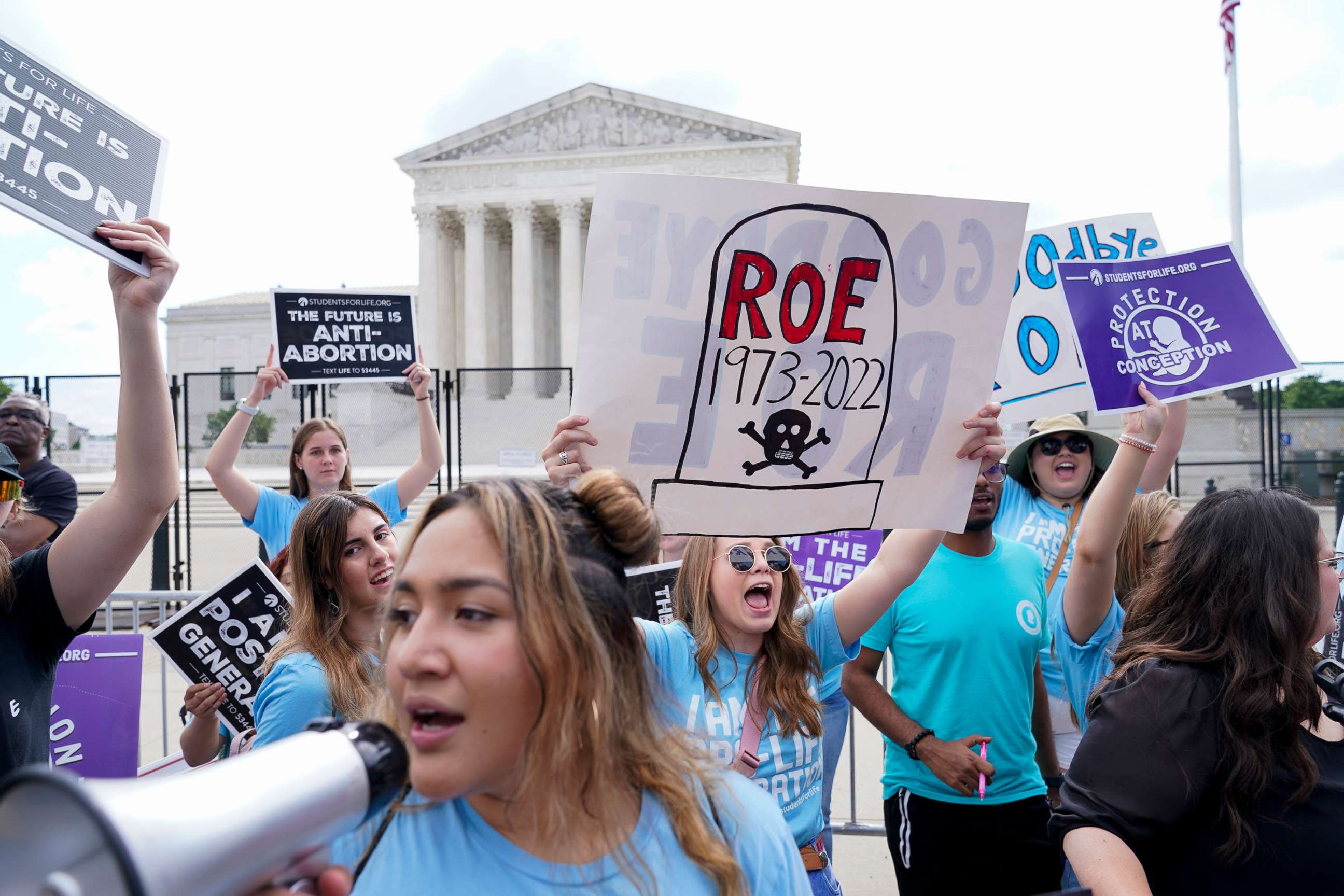Abortion in America: A Visual Timeline
The complicated history of abortion rights in the United States dates back to colonial days and continues to be a controversial issue. With the Supreme Court overturning the ruling in the 1973 case of Roe v. Wade, we look back at some of the most significant events in the county’s fight over abortion rights.
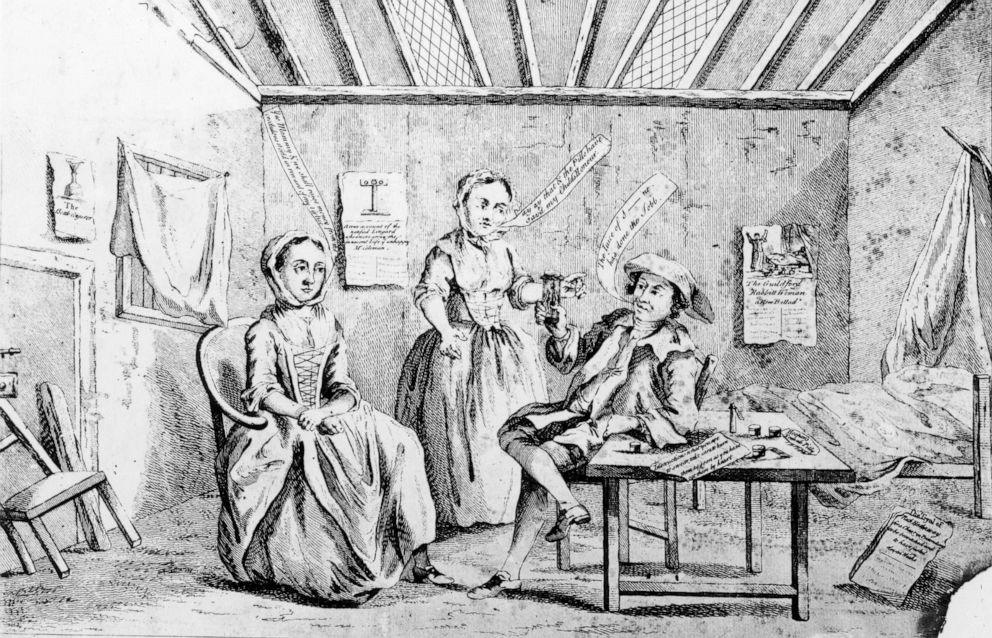
1800’s:Connecticut was the first U.S. state to make abortion a criminal offense. This was codified in a state statute in 1821 that punished any person who provided or took poison or “other noxious and destructive substance” with the intent to cause “the miscarriage of any woman, then being quick with child.”
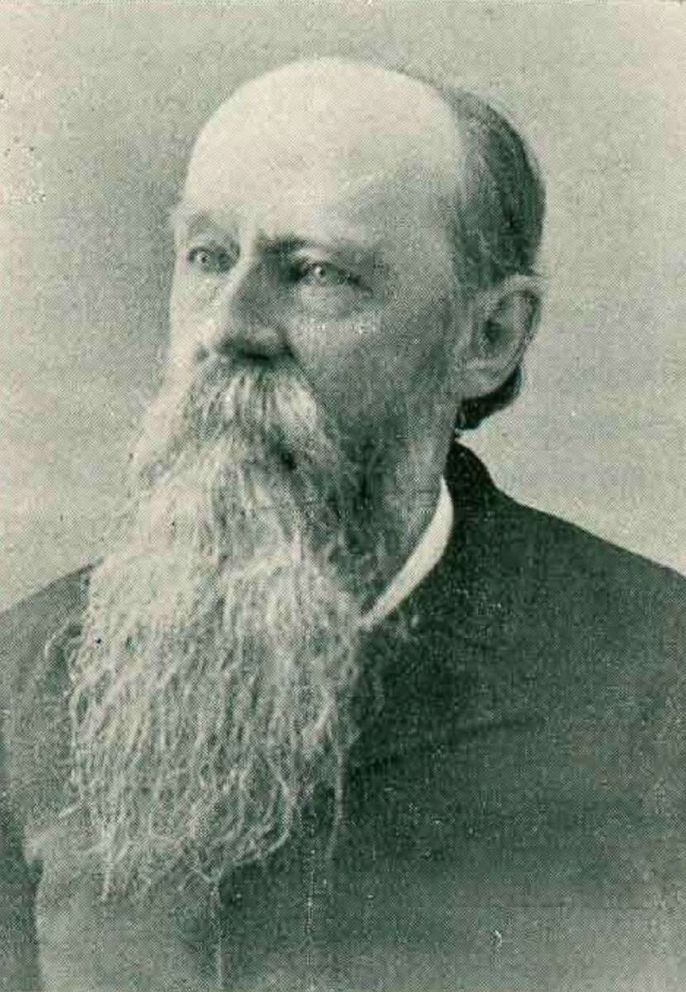
In 1857, anti-abortion rights advocate and women’s reproductive health pioneer Dr. Horatio Storer helped start the movement which would later be called the Physicians’ Crusade Against Abortion. Later that year, he led a committee to investigate what he called criminal abortions in the state of Massachusetts, proposing that abortion in all instances was a criminal act and that the law did not go far enough to punish that alleged crime. His actions are considered largely responsible for the increase in law criminalizing abortion in the late 1800s.
The Comstock Act of 1873 made it illegal to send “obscene, lewd or lascivious,” “immoral,” or “indecent” publications through the mail. This included sending any materials containing information connected to contraception or abortions.
1900’s:
By the 1900s, abortion was illegal in every state. The laws varied from state to state, with some allowing for abortion to protect the woman’s life or to terminate pregnancies resulting from rape or incest.
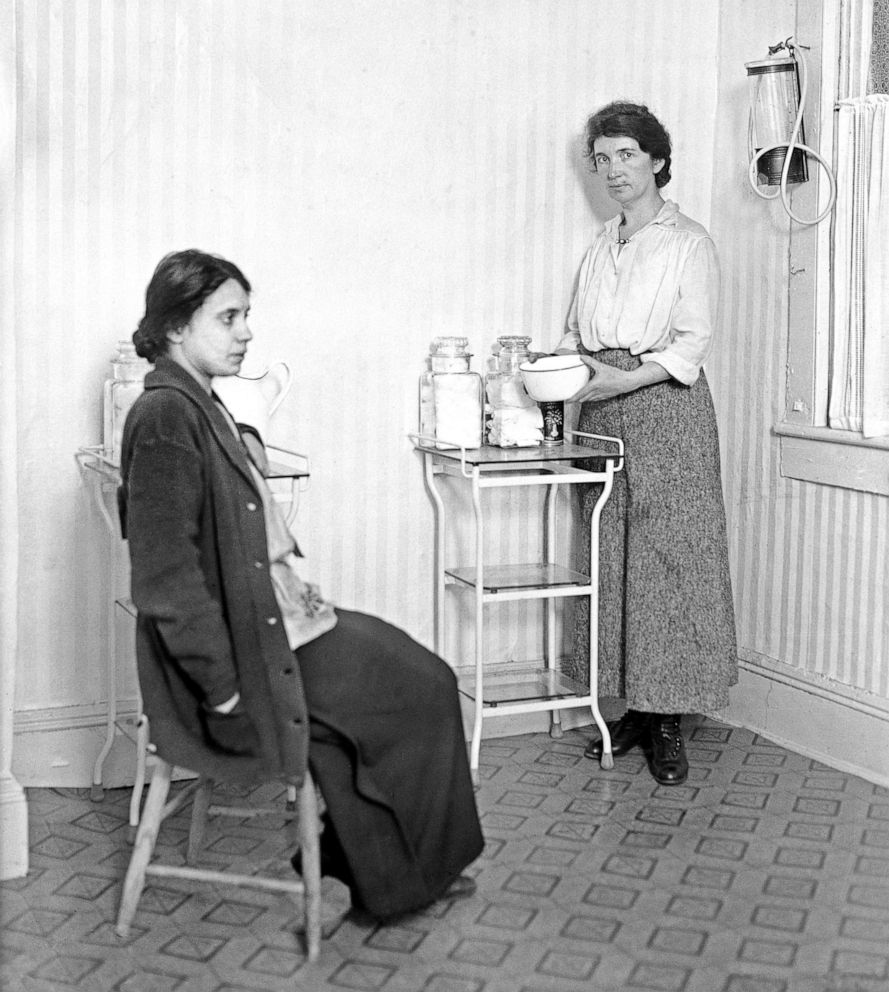
1920’s to 1940's
In 1921, Margaret Sanger founded the American Birth Control League; the organization would become the Planned Parenthood Federation of America in 1942.
Throughout the Depression years abortions are believed to have increased due to the higher levels of maternal deaths at this time. Countless women died as a result of botched abortions; underground abortion clinics were raided, and doctors arrested.
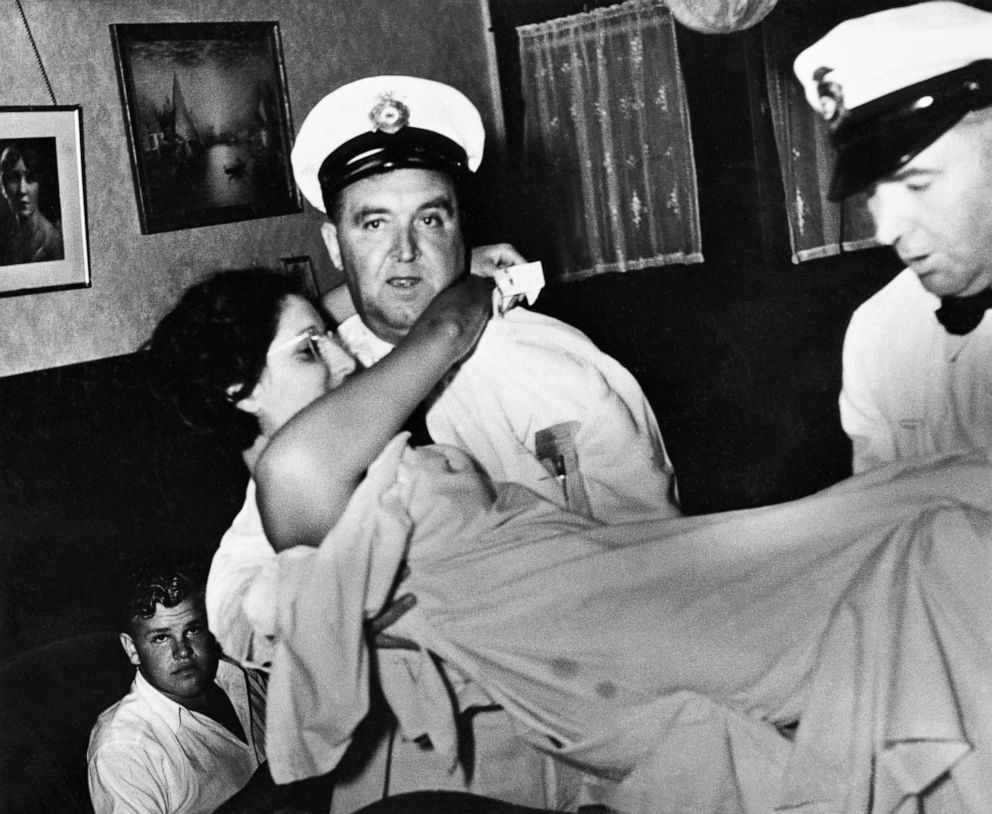
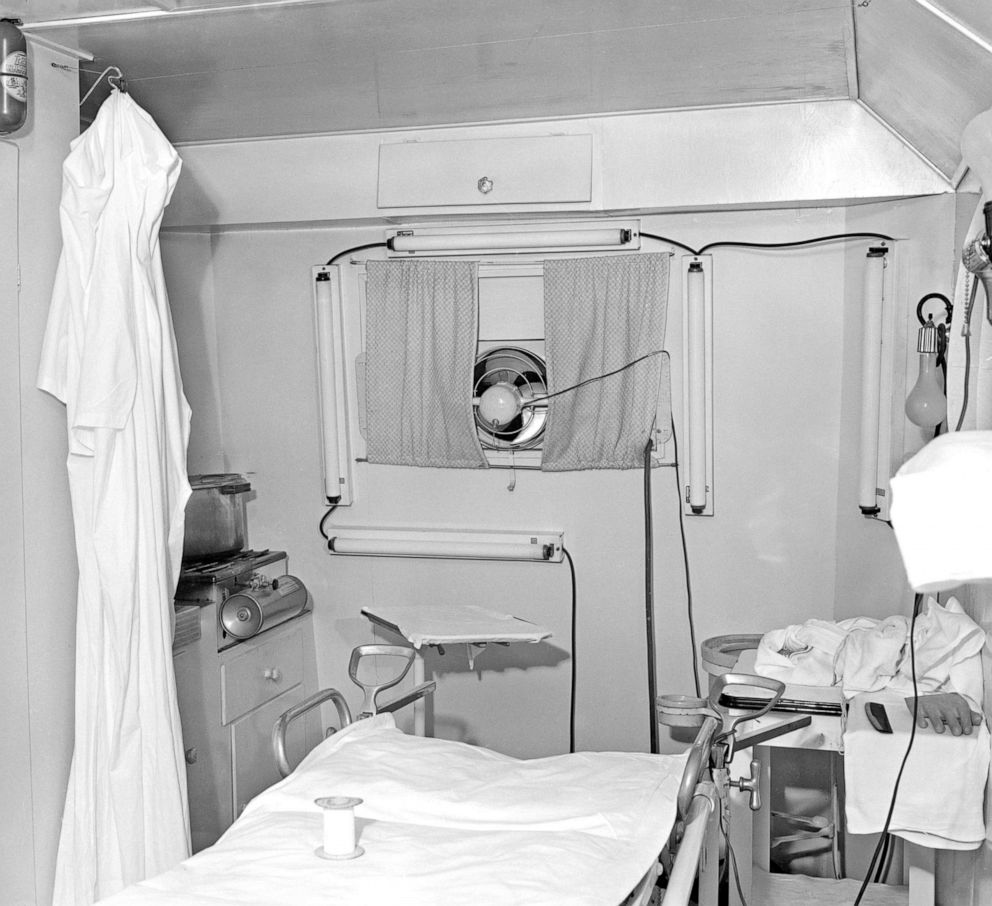

1950’s
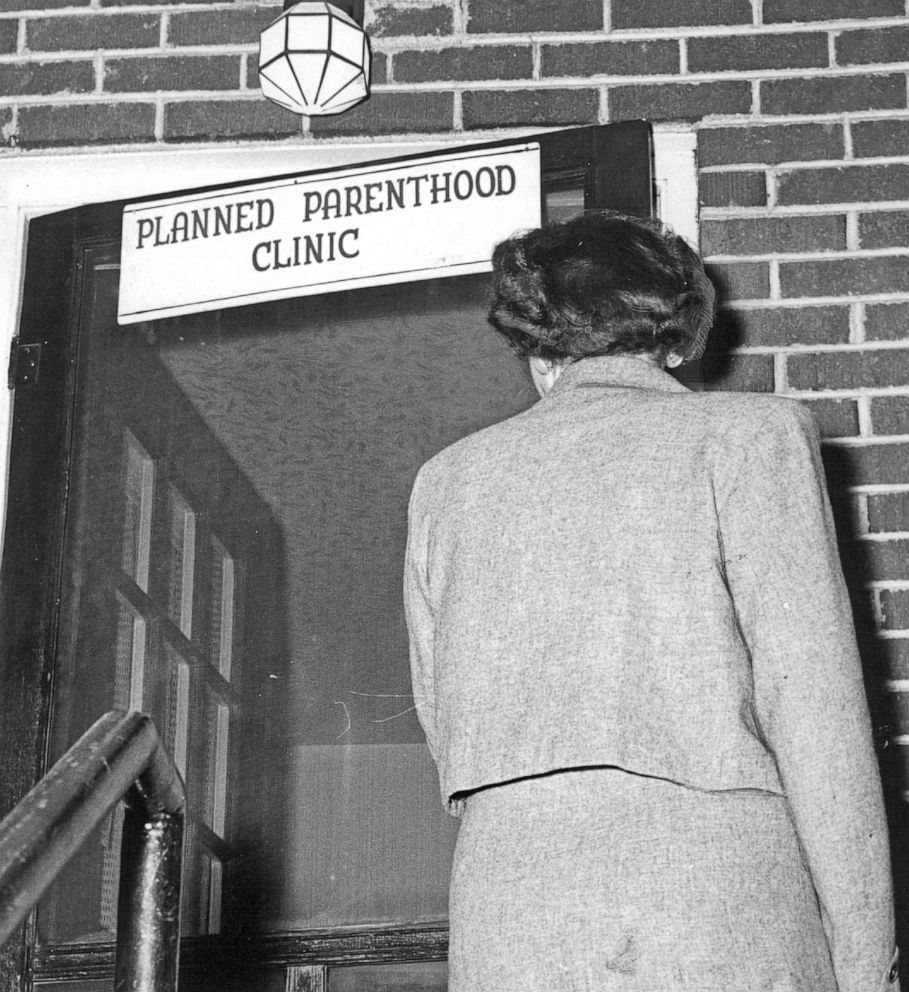
1955 Planned Parenthood held a conference titled “Abortion in the United States.” Which included testimony from sex researcher Alfred Kinsey, Dr. G. Lotrell Timanus and Planned Parenthod’s then-medical director Mary Calderone. A record of the conference is published in 1958, launching a national discussion on reformed abortion laws.
1960’s
The arrival of the Equal Rights Movement to the political stage included a push to demand more rights for women. Legal access to contraception and abortion were on the agenda. President John F. Kennedy formed the Commission on the Status of Women (PCSW) which was established to advise the President of the United States on issues concerning women.
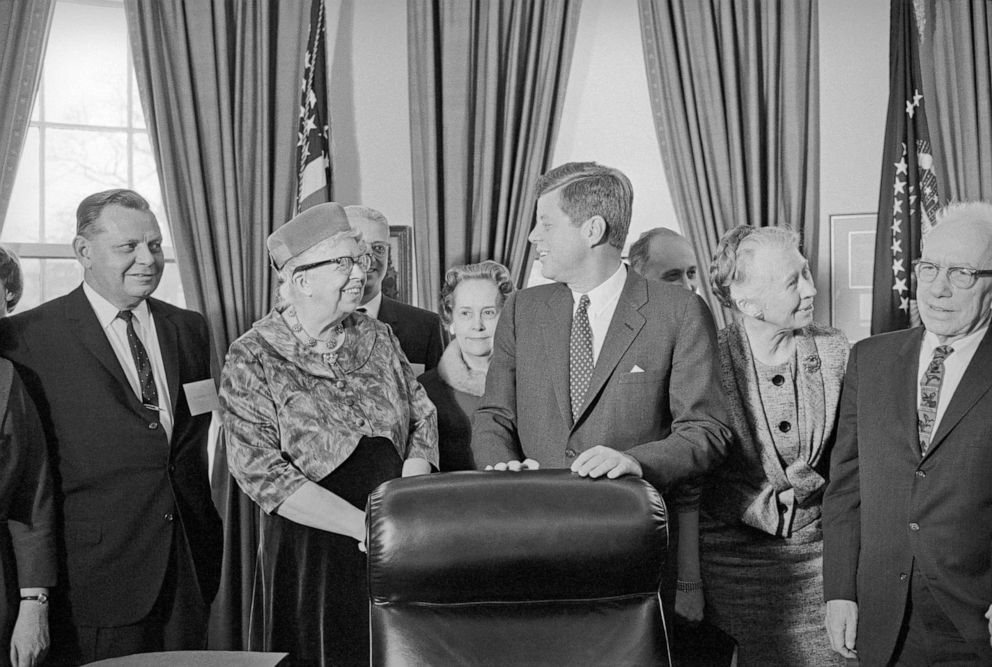
There were many advances toward abortion rights in the 1960s include the establishment of The Society for Human Abortion in San Francisco in 1963, which challenged the law by openly providing information on abortion and conception.
In 1967, Colorado became the first state to decriminalize abortion in cases of rape, incest, or in which pregnancy would lead to permanent physical disability of the woman. Similar laws were later passed in California, Oregon and North Carolina.
1970’s
Individual states continued to expand abortion rights throughout the United States. Hawaii became the first state to fully legalize abortions at the request of the woman in 1970. In the same year, New York allowed abortions up to the 24th week of pregnancy and similar laws were soon passed in Alaska and Washington.
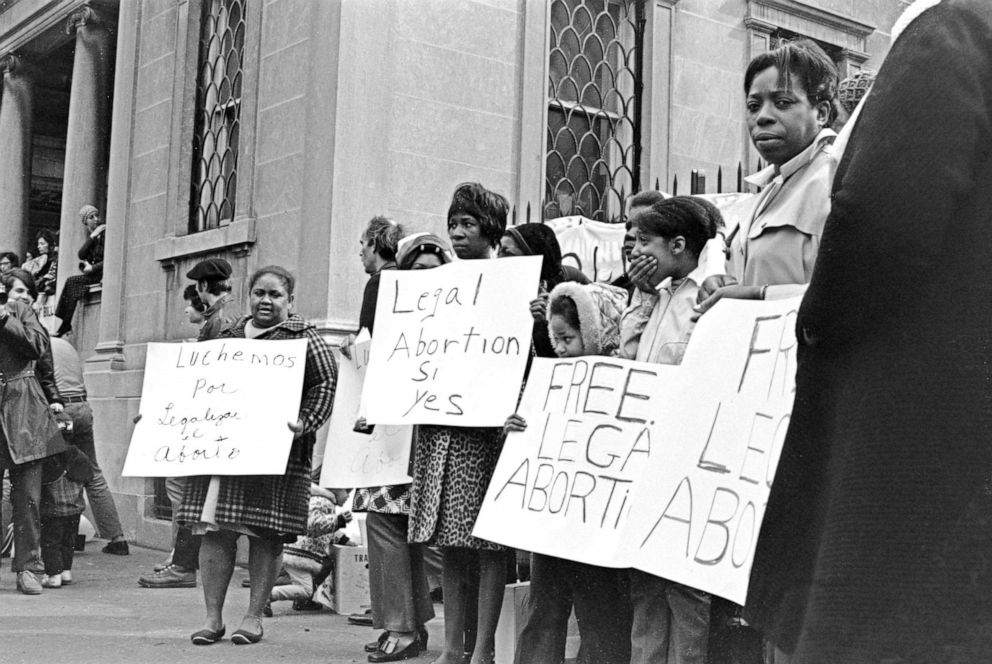
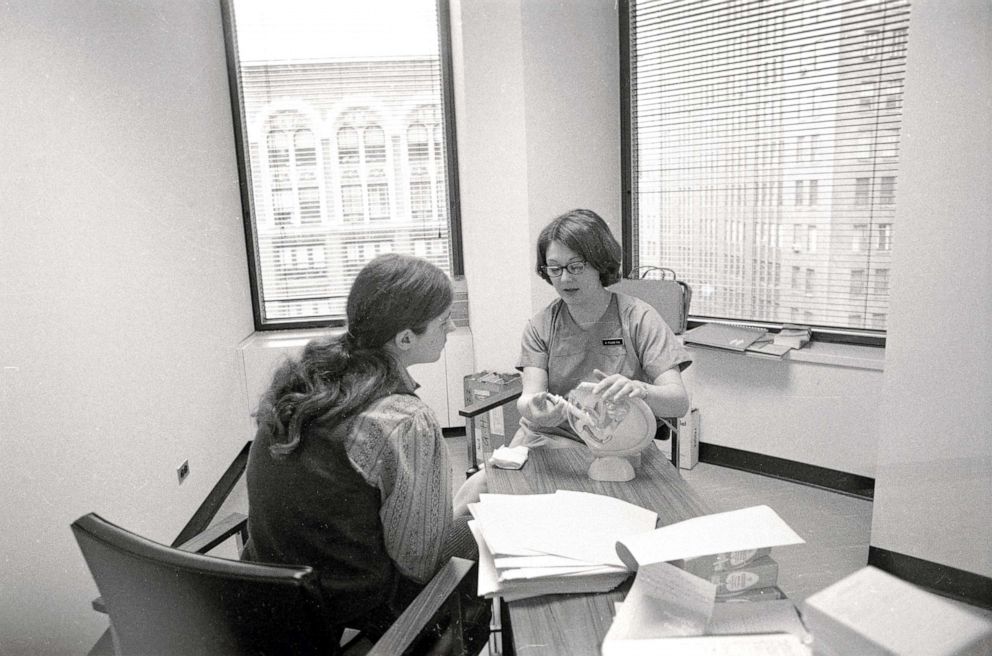
In 1971, the groundbreaking court case known as Roe v. Wade was brought in front of the Supreme Court. An unmarried pregnant woman from Texas referred to in court documents as “Jane Roe” challenged a state law that makes it illegal for a doctor to perform an abortion unless a woman’s life is at stake. The woman was later identified as Norma McCorvey.
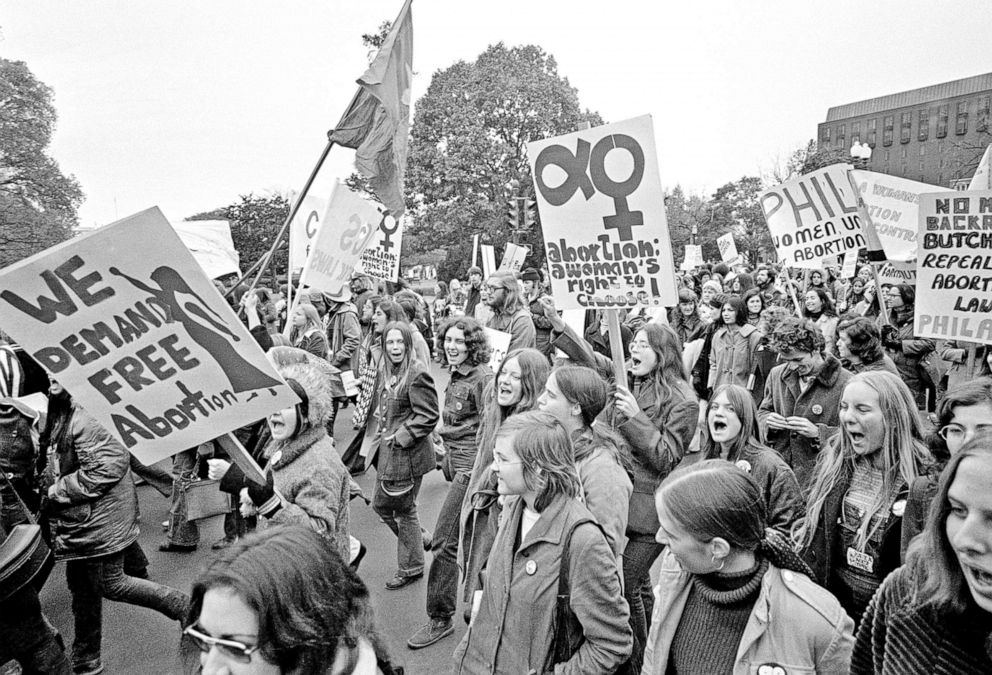
By the end of 1972, 13 states had more inclusive abortion laws similar to those passed in Colorado in 1967, while Mississippi allowed abortion in cases of rape or incest only, and Alabama and Massachusetts allowed abortions only in cases where the woman's physical health was endangered. During this period, women seeking an abortion would often travel to a state where abortion was legal to undergo the procedure.
In 1973 the Supreme Court decision in the Roe v. Wade case ruled in favor of Roe and abortion was legalized throughout the United States.
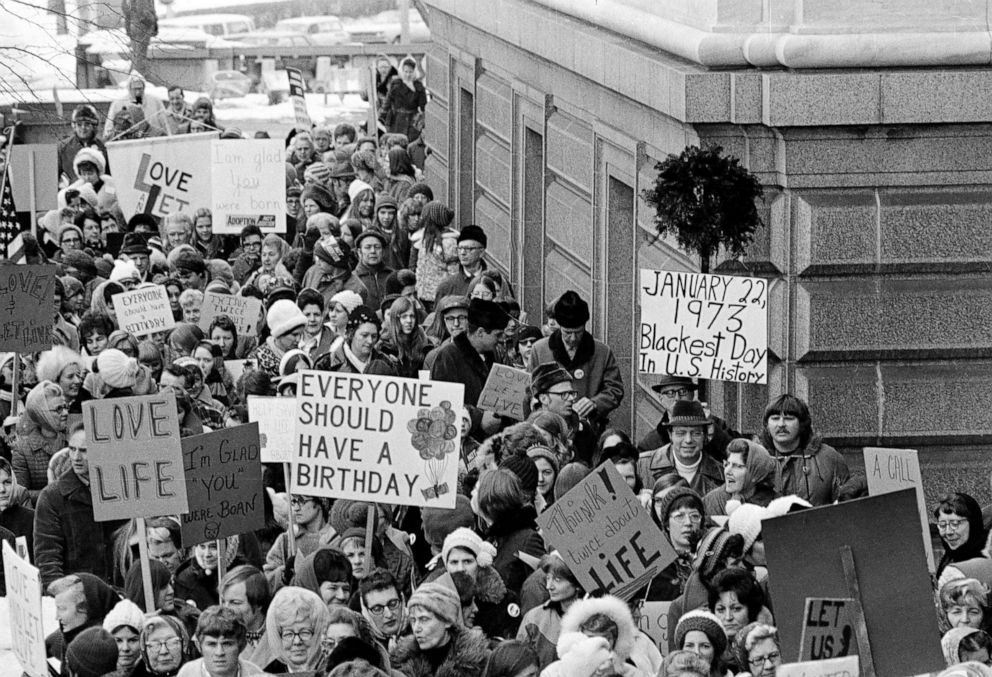
In 1976, Congress passed the Hyde Amendment, banning the use of Medicaid and other federal funds for abortions.
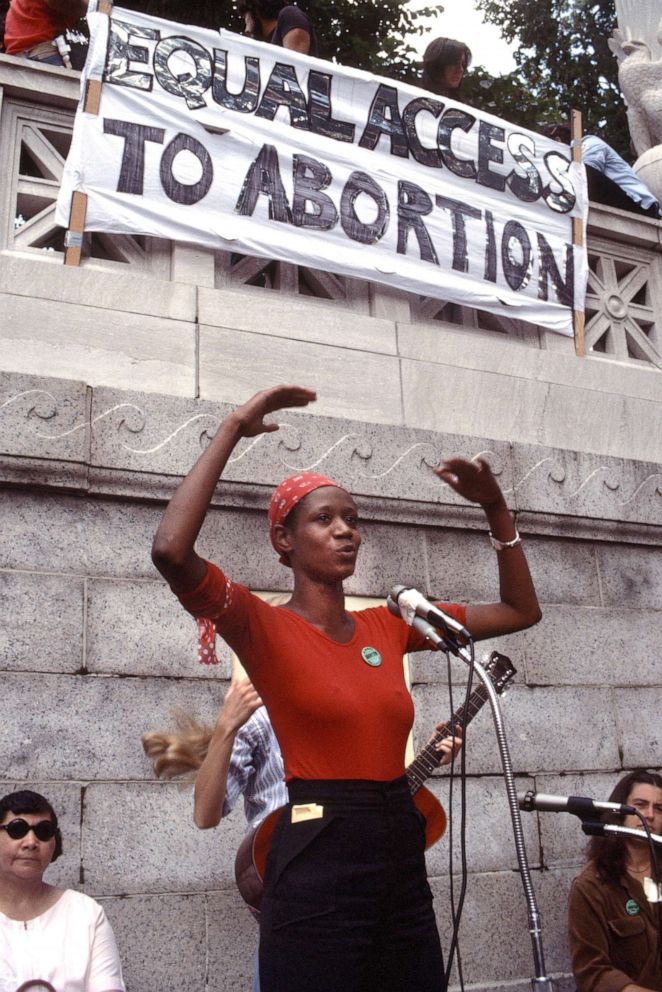
1980’s
In 1981, with the Bellotti v. Baird case, the Supreme Court ruled that pregnant minors can petition the court for permission to have an abortion without parental notification.
With the Webster v. Reproductive Health Services case, heard in 1989, the Supreme Court upheld a Missouri law that imposed restrictions on the use of state funds, facilities, and employees in performing, assisting with, or counseling abortions. This allowed for states to legislate in a way that had previously been thought to be illegal under Roe v Wade.
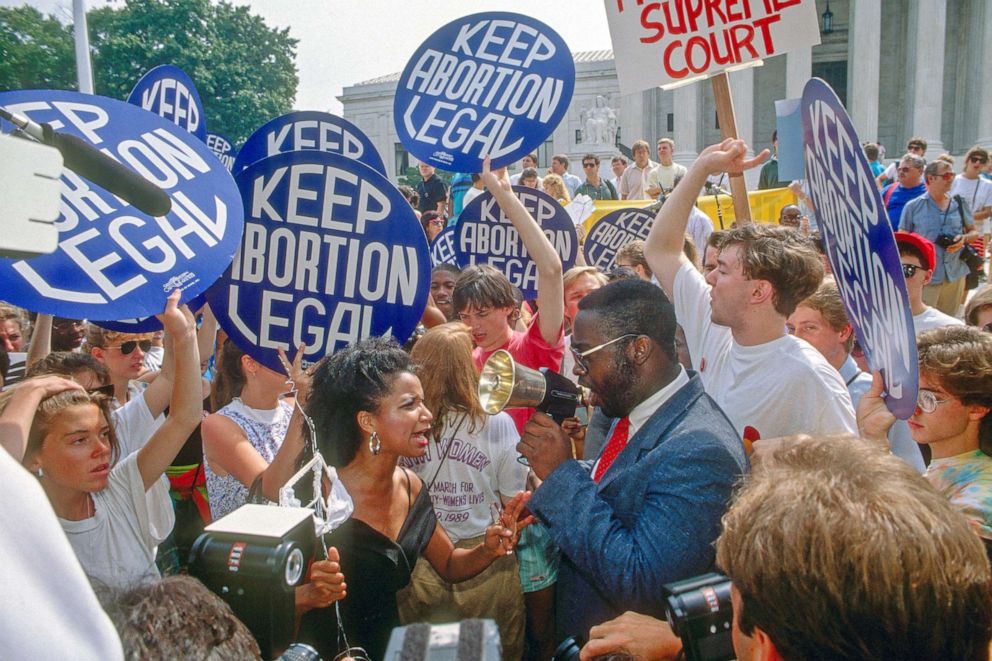
1990’s
President Bill Clinton signed the Freedom of Access to Clinics Act, on May 26, 1994. The Act makes it a federal crime to physically obstruct the entrance to a clinic or to use force, the threat of force, or physical obstruction, such as a sit-in, to interfere with, injure, or intimidate clinic workers or women seeking abortions or other reproductive health services.
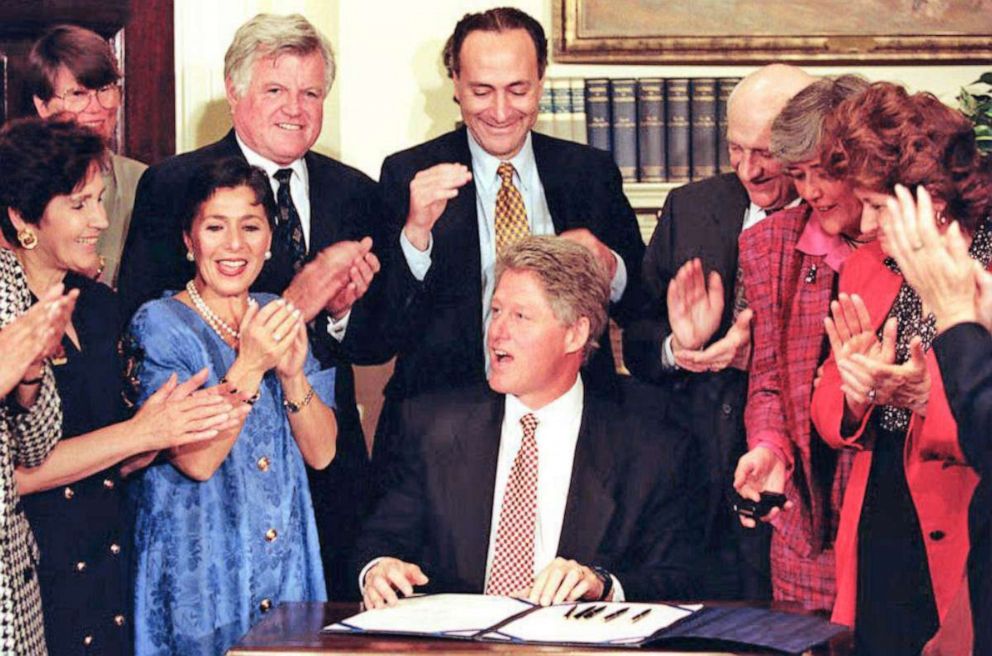
In 1995, Congress passed the HR 1833 Bill, also know as Partial-Birth Abortion Act, which makes it illegal for any doctor to knowingly perform a partial-birth abortion except when necessary to save the mother’s life.
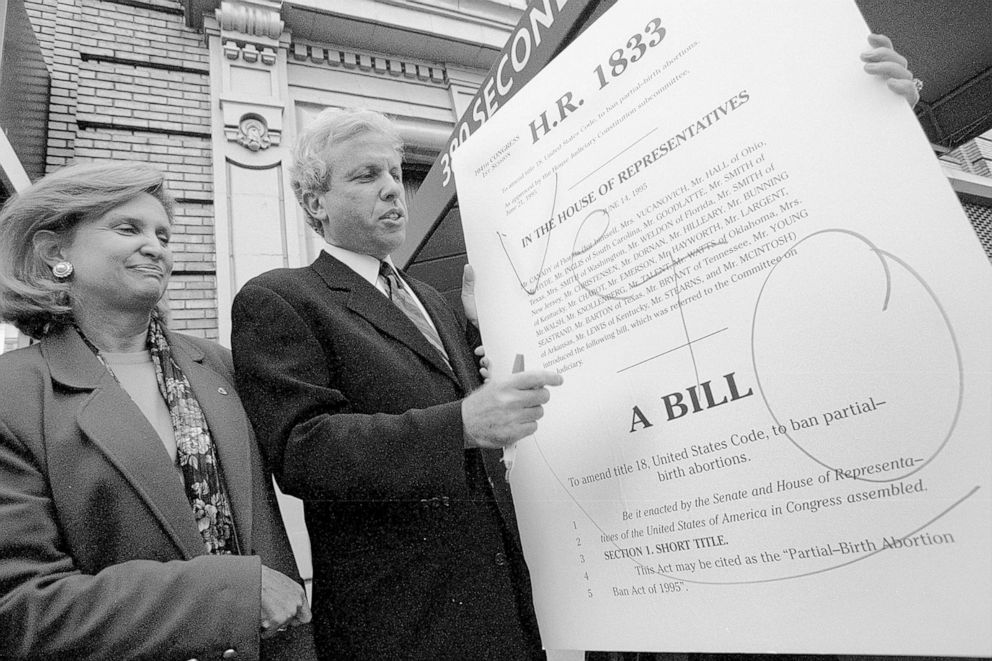
However, on April 10 of the following year, President Bill Clinton vetoed the 1995 Partial-Birth Abortion Act preventing it from coming into law.
2000’s
President George W. Bush signed the Born-Alive Infants Protection Act, on Aug. 5, 2002, affirming legal protection to an infant born alive after a failed attempt at induced abortion.
The following year, the House approved the Partial-Birth Abortion Ban Act, which was signed into law by President George W. Bush on Nov. 5, 2003.
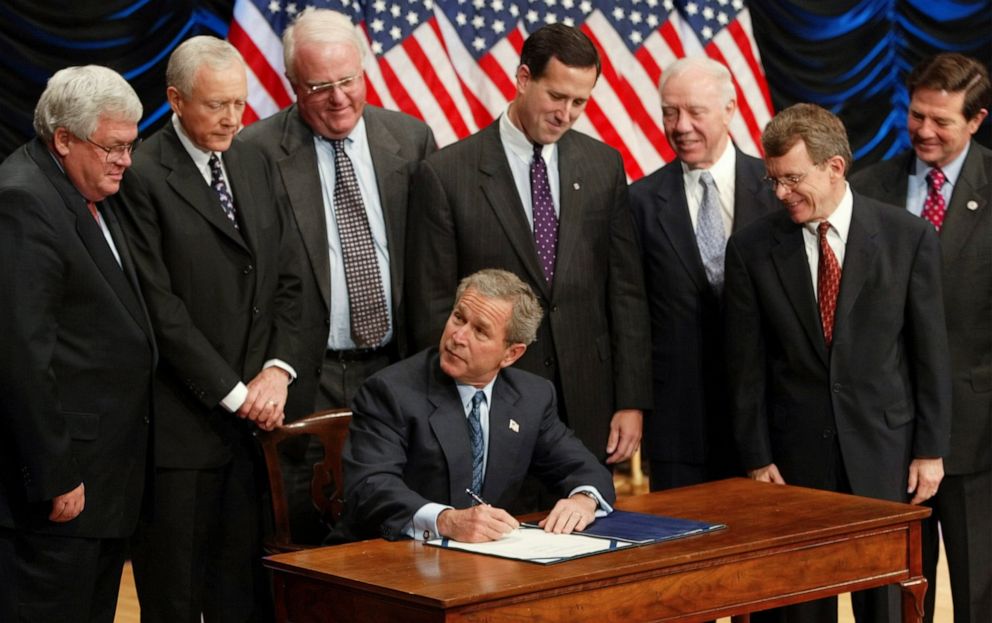
In 2016, the Supreme Court made a ruling on the Whole Woman's Health v. Hellerstedt case. The final decision dictated that Texas could not place restrictions on abortion services that create an undue burden for women seeking an abortion.
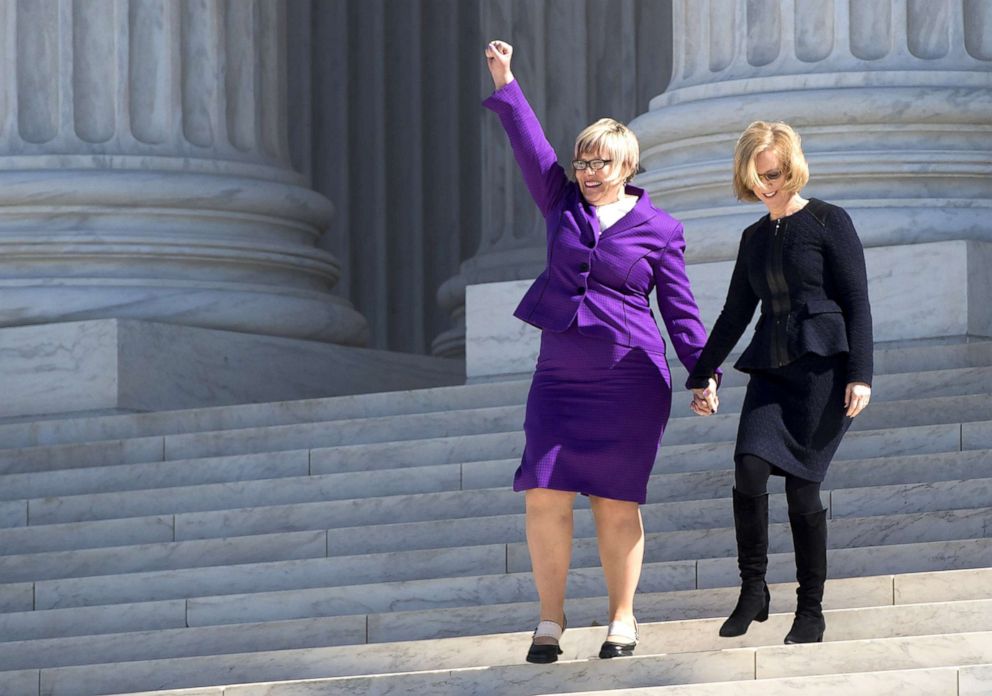
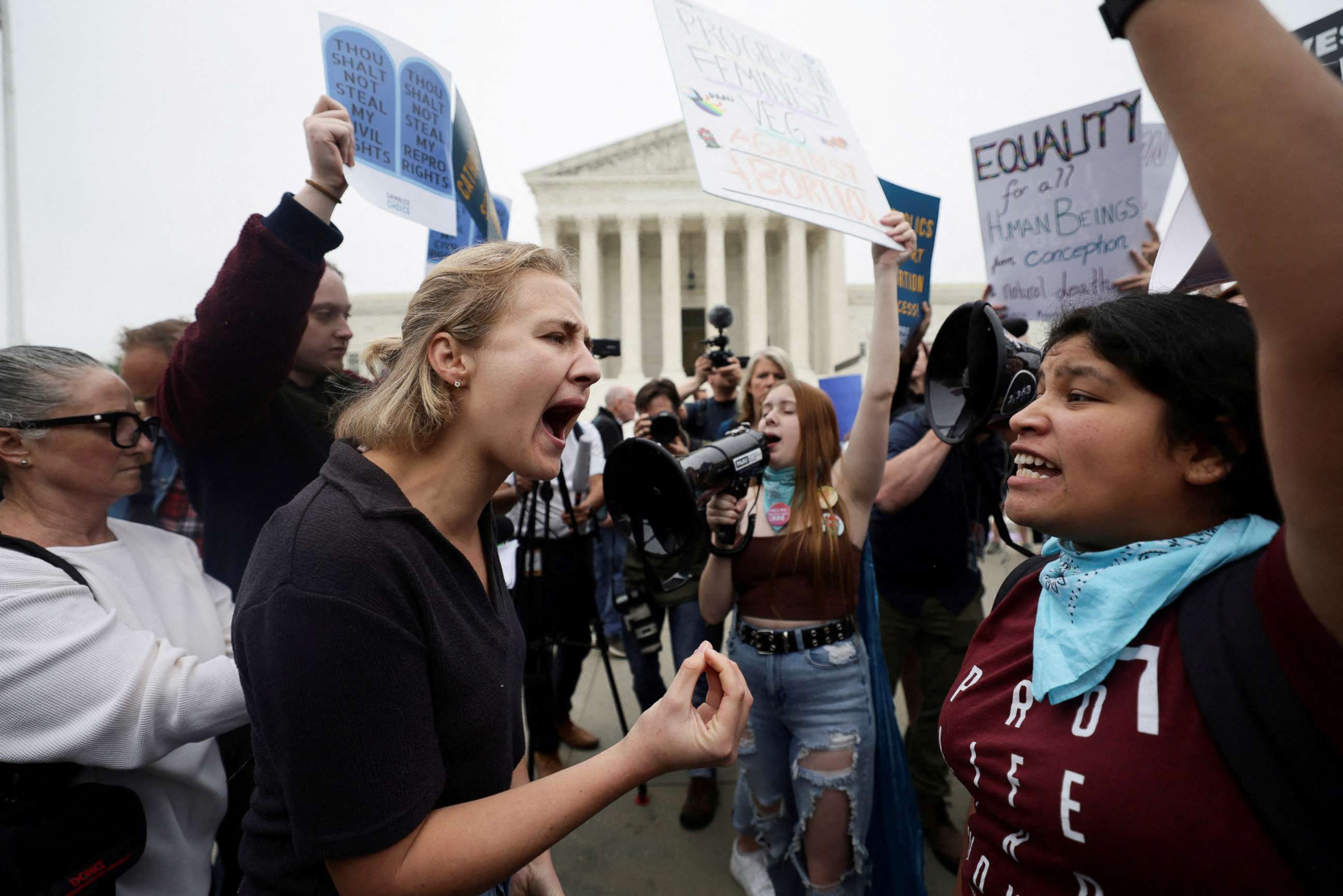
2022In May, 2022, a leaked draft opinion by Supreme Court Justice Samuel Alito indicated that the Court would strike down the landmark Roe v. Wade decision, which guaranteed federal constitutional protections of abortion rights.
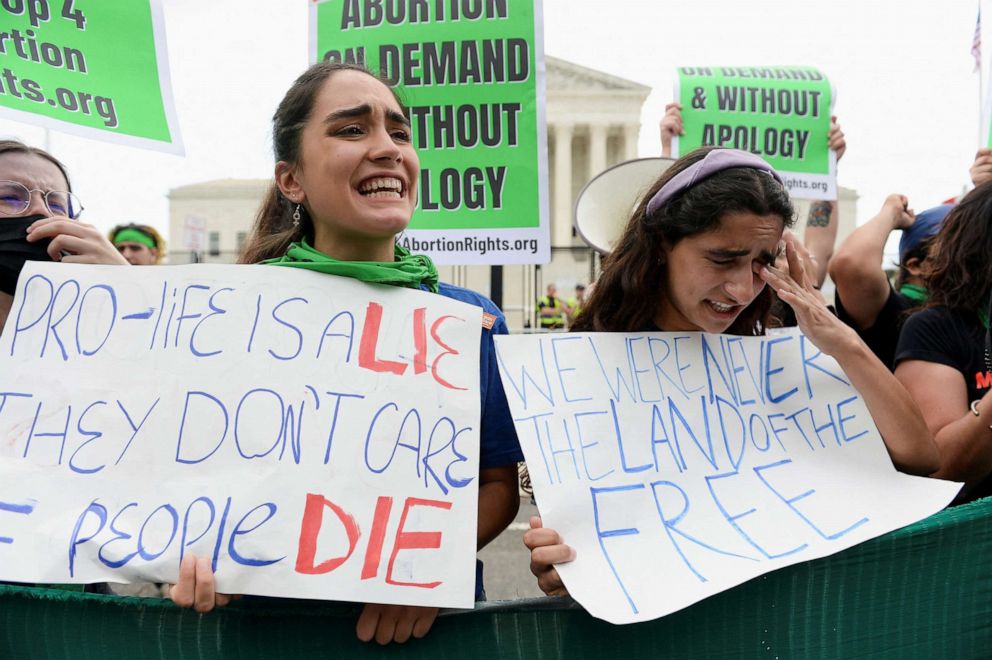
On June 24, the Supreme Court overturned Roe v. Wade leaving abortion decisions up to states, and no longer a constitutional right.
